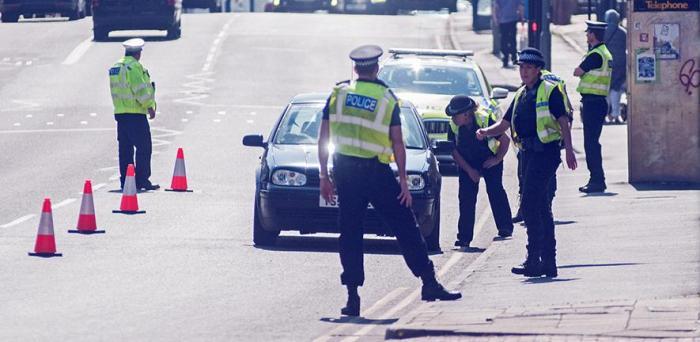The coronavirus pandemic has imposed an unprecedented challenge on global healthcare systems, societies and governments. The virus SARS-CoV-2, which causes COVID-19 disease, has been detected in every country, with more than 4.6 million confirmed cases and a death toll of 312,000 worldwide to date.
There are currently no effective treatments for the disease and a widely-available vaccine is likely to be at least a year away. The principal strategy to control the disease globally has focused on measures that minimise person-to-person transmission of SARS-CoV-2 through social distancing; including isolating suspected infected individuals, shielding vulnerable groups, school closures, and lockdowns.
While such measures are effective at slowing disease spread and preventing health systems becoming overwhelmed, these measures can also lead to significant job losses, financial insecurity and social disruption. As such, there is a growing concern that these interventions may be unsustainable over the long term. An alternative approach may be to alternate stricter measures with intervals of relaxed social distancing (with measures of effective “test-contact trace-isolate” and shielding of the vulnerable kept in place).
However, it is unclear what the frequency and duration of such dynamic interventions should be and which strategy could be adapted globally across countries with diverse health and economic infrastructures.
To address these uncertainties, an international team of researchers from the Global Dynamic Interventions Strategies for COVID-19 Collaborative Group modelled three scenarios across sixteen countries, from Belgium to India, that vary in setting and income. Their results are published in the European Journal of Epidemiology.
Image: Police stopping traffic in UK lockdown
Credit: Tim Dennell
Reproduced courtesy of the University of Cambridge
